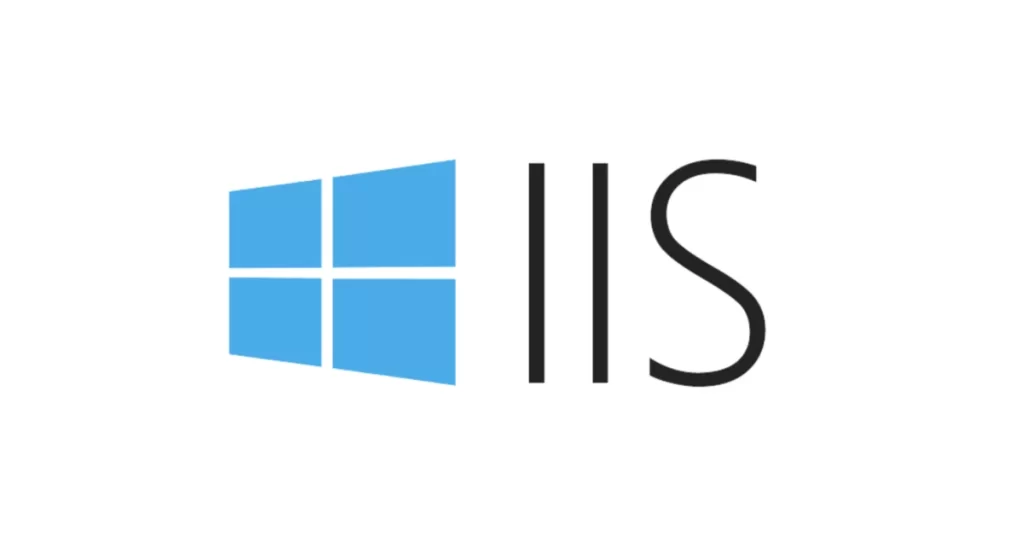
Table of Contents
IIS (Internet Information Services) is a web server software package designed for Windows Server operating systems. Developed by Microsoft, IIS is used to host and serve web applications, websites, and services. It is one of the most popular web server platforms, particularly in environments where Windows is the primary operating system.
Key Features of IIS
- Support for Multiple Protocols:
- Internet Information Services supports various internet protocols, including HTTP, HTTPS, FTP, FTPS, SMTP, and NNTP. This makes it versatile for hosting a wide range of web services.
- ASP.NET Integration:
- Internet Information Services is closely integrated with ASP.NET, a server-side web application framework also developed by Microsoft. This makes IIS the go-to choice for hosting ASP.NET applications.
- Scalability:
- Internet Information Services is highly scalable and can handle everything from small websites to large-scale enterprise applications. It supports features like load balancing and web farms to distribute traffic across multiple servers.
- Security Features:
- It includes built-in security features such as request filtering, IP address restrictions, and support for SSL/TLS to encrypt data transmitted between the server and clients. It also integrates with Windows authentication mechanisms, allowing for robust access control.
- Modular Architecture:
- IIS is designed with a modular architecture, allowing administrators to install only the components they need. This helps reduce the server’s attack surface and improves performance.
- Application Pools:
- Internet Information Services uses application pools to isolate web applications from one another. Each application pool runs its own set of worker processes, which improves security and reliability by preventing one application from affecting another.
- Dynamic Content Compression:
- It can compress dynamic content, such as ASP.NET pages, on the fly. This reduces the amount of data sent over the network, improving page load times and reducing bandwidth usage.
- Logging and Diagnostics:
- It offers extensive logging and diagnostic capabilities, allowing administrators to monitor traffic, track errors, and troubleshoot issues. Features like request tracing and detailed error messages help identify and resolve problems quickly.
- FTP Server:
- It includes a built-in FTP server that supports both standard and secure FTP (FTPS). This allows for secure file transfers, making IIS suitable for hosting not only websites but also FTP services.
- Management Tools:
- It comes with a graphical management interface called the Internet Information Services Manager, which provides an easy-to-use environment for configuring and managing the server. It also supports command-line management via PowerShell and automated deployments using scripts.
- Extensibility:
- Internet Information Services is highly extensible, allowing administrators and developers to add custom modules or use third-party modules to extend its functionality. This makes it adaptable to a wide range of use cases.
- Support for Multiple Languages and Frameworks:
- In addition to ASP.NET, Internet Information Services supports other programming languages and frameworks, including PHP, Node.js, and Python, making it a versatile choice for hosting diverse web applications.
Use Cases for IIS
- Hosting ASP.NET Applications:
- IIS is the preferred platform for hosting ASP.NET web applications due to its tight integration with the .NET framework.
- Enterprise Web Hosting:
- Many enterprises use Internet Information Services to host internal and external websites, web services, and applications, especially in environments dominated by Microsoft technologies.
- FTP Services:
- Internet Information Services built-in FTP server capabilities make it suitable for organizations that need to offer secure file transfer services alongside their web hosting.
- Content Delivery:
- It can be used to serve static content like HTML pages, images, videos, and other media, as well as dynamic content generated by web applications.
- E-commerce Platforms:
- It is often used to host e-commerce platforms, providing the necessary security, scalability, and reliability to handle online transactions and sensitive customer data.
How to Use IIS
- Installing IIS:
- It can be installed on Windows Server or Windows client operating systems like Windows 10/11 through the “Add Roles and Features” wizard in the Server Manager or via the Control Panel.
- Configuring Websites:
- After installation, websites and applications can be configured through the IIS Manager. This includes setting up bindings (e.g., domain names, IP addresses, ports), configuring application pools, and enabling SSL/TLS for secure connections.
- Managing Permissions:
- It allows administrators to configure detailed permissions for websites, directories, and files. This includes setting read/write permissions, configuring authentication methods, and applying security filters.
- Monitoring and Maintenance:
- It provides tools for monitoring website performance, logging traffic, and diagnosing errors. Regular maintenance tasks might include updating SSL certificates, applying security patches, and optimizing server settings.
Conclusion
IIS is a powerful and flexible web server platform that is widely used in Microsoft-based environments. Its close integration with Windows Server and the .NET framework, along with its robust security features, make it an ideal choice for hosting enterprise-grade web applications, websites, and services. Whether you’re running a small website or a large web application, It offers the tools and capabilities needed to ensure reliable and secure operation.